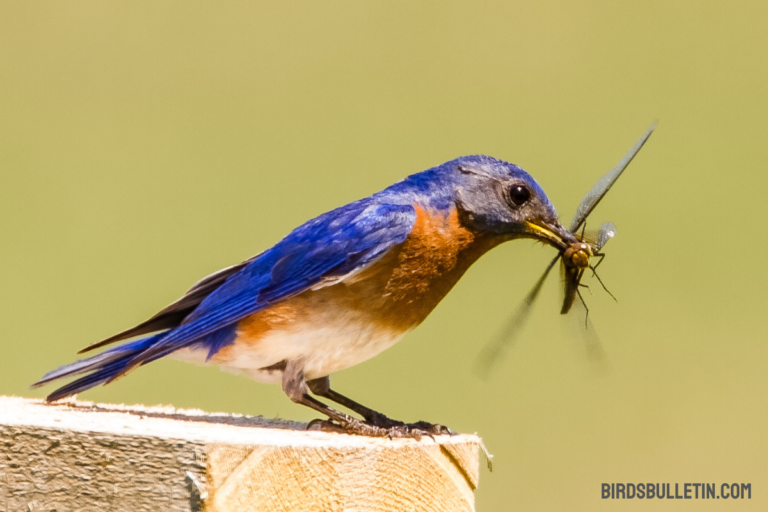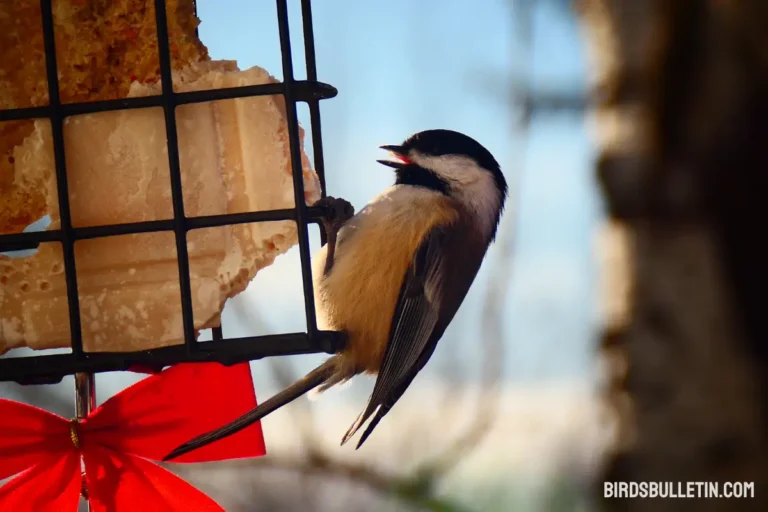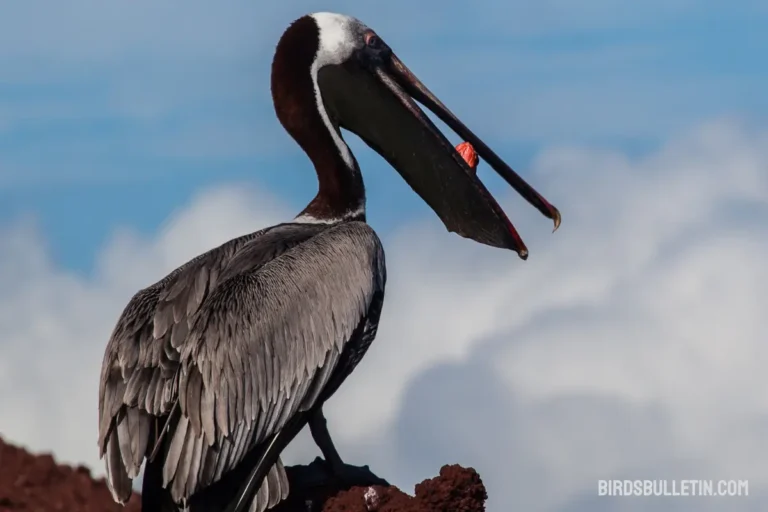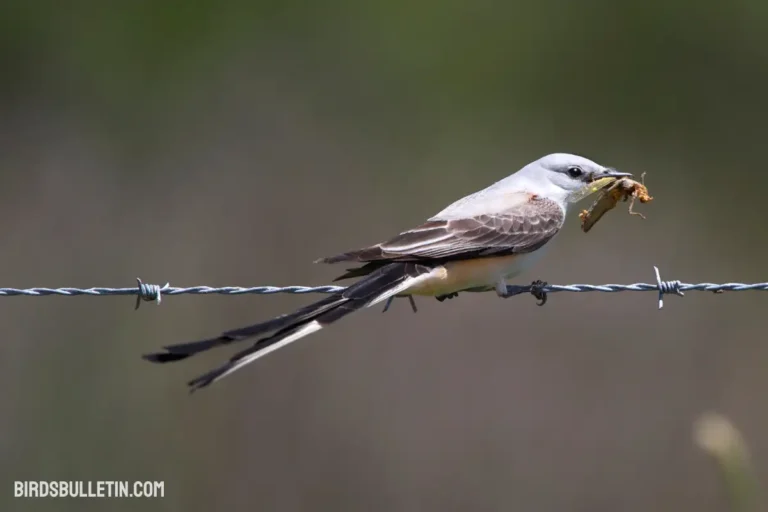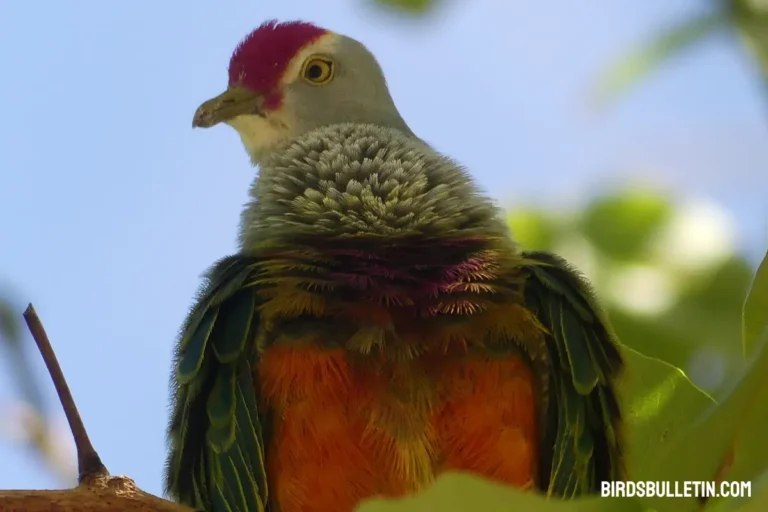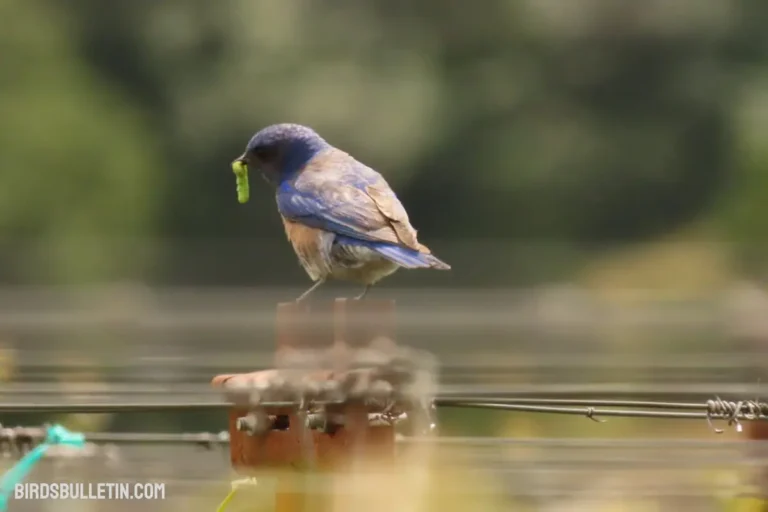What Do Ring-Necked Pheasants Eat?
Originally from China, ring-necked pheasants were brought to the United States in 1881 and have flourished since. Their populations were established across much of the Midwest, Great Plains, and West through stocking programs.
But what do these colorful pheasants forage for out in grasslands and croplands? Ring-necked pheasants are omnivores that eat a wide variety of seeds, leaves, insects, and more.
As opportunistic foragers, they have adapted well to agricultural lands as they feed primarily on the ground. Their diverse diet changes across the seasons depending on availability.
Looking for more articles about birds’ food and diet
Favorite Ring-Necked Pheasant Foods
In the summer, newly hatched chicks subsist mainly on insects and other small invertebrates. Adult pheasants consume more vegetable matter during the warmer months but still eat insects as well. Common foods include:
| Food Item | Details |
|---|---|
| Seeds | Consume weed seeds like lamb’s quarters, amaranth, and ragweed, as well as waste grain like corn, wheat, barley, and oats. |
| Leaves and Stems | Eat leafy matter, stems, and shoots from various forbs and grasses. |
| Insects/arthropods | Beetles, ants, caterpillars, centipedes, and insect larvae. Makeup majority of chick diet. |
| Fruits and Berries | Opportunistically eat fruits, and berries from dogwood, skunkbush, and snowberry shrubs. |
How Often Ring-Necked Pheasants Eat?
Pheasants feed most actively in the early mornings and evenings but forage intermittently all day long. Chicks less than six weeks old need to eat constantly to fuel rapid growth, eating up to 100 times per day.
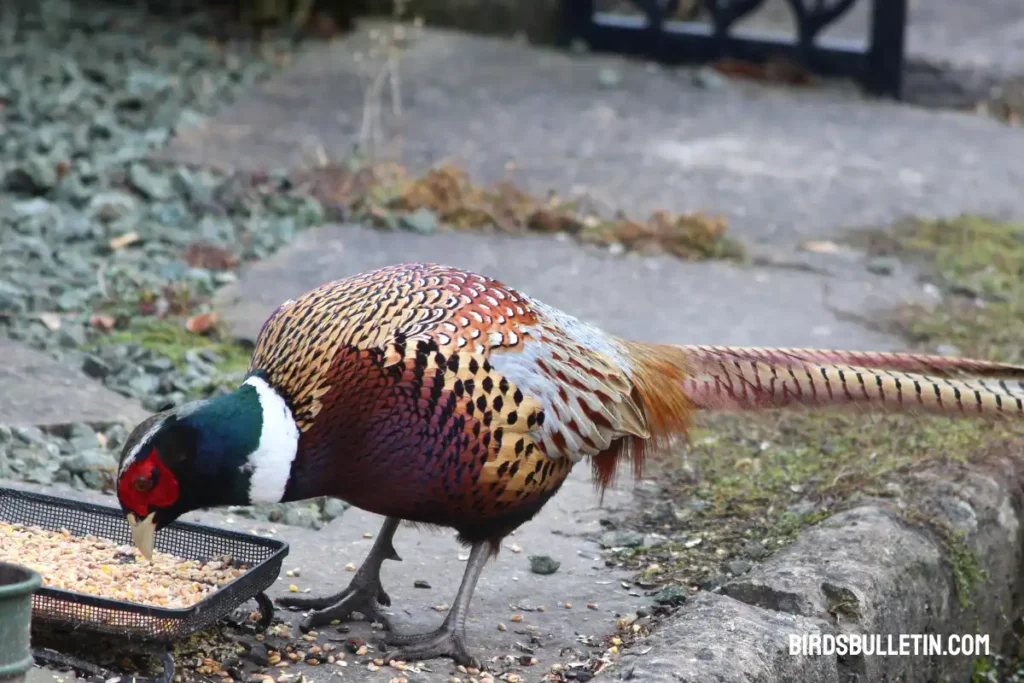
Adult pheasants spend over seven hours a day feeding. In winter months, more time is spent foraging since food sources are scarcer.
What Time of Day Ring-Necked Pheasants Feed?
These pheasants exhibit peak foraging activity around dawn and dusk but will feed periodically throughout daylight hours if undisturbed. In agricultural areas, they often concentrate feeding efforts on newly planted or freshly sprouting crops in spring and on waste grain left after autumn harvests.
How Ring-Necked Pheasants Gather Food?
- Ring-necked pheasants employ a variety of foraging methods:
- Scratching leaf litter under bushes and scrubbing with their feet to uncover seeds, fruits, and insects.
- Rapid pecking along the ground to eat newly sprouted greens or waste grain.
- Plucking fruits and berries directly from shrubs and vines.
- Capturing insects by scanning the ground as they walk then pecking or scratching.
In winter, pheasants dig through snow to reach food sources like rose hips buried beneath. Males may use their spurs to rake leaf litter away.
What Ring-Necked Pheasants Eat in Winter?
With snow cover limiting their food choices, ring-necked pheasants add more tree buds, twigs, and bark to their diet in winter along with persistent fruits and rose hips.
Another critical winter food source is waste cereal grains left behind after the autumn harvest. Corn and sorghum grains allow the birds to fatten up when insect prey is scarce at this time of year.
What Baby Ring-Necked Pheasants Eat?
Baby Ring-Necked Pheasants typically consume a diet that evolves as they grow. Here’s a breakdown of what they eat at different stages:
1. Chick Stage (0-6 Weeks):
- Starter Feed: Newly hatched chicks require a high-protein starter feed containing around 24-30% protein. This provides essential nutrients for growth and development.
- Fine Grit: Grit, such as finely crushed granite, aids in digestion by helping the chicks grind down their food in the gizzard.
2. Grower Stage (7-20 Weeks):
- Grower Feed: As pheasants grow, they transition to a grower feed with slightly lower protein content, usually around 20-24%. This feed supports continued growth and feather development.
- Access to Insects: Insects and small invertebrates become a more significant part of their diet as they start foraging.
3. Sub-Adult to Adult Stage (20 Weeks Onward):
- Game Bird Feed: A game bird feed with moderate protein content, around 14-18%, is suitable for sub-adult and adult pheasants. It meets their nutritional needs for maintenance.
- Foraging Diet: Adult Ring-Necked Pheasants are omnivores. They forage for seeds, grains, insects, small rodents, and plant matter in their natural environment.
4. Supplements:
- Calcium and Grit: Throughout their lives, pheasants benefit from access to calcium supplements, such as crushed oyster shells, for strong eggshells in laying hens. Grit continues to aid digestion.
- Fresh Water: Access to clean and fresh water is crucial at all stages of a Ring-Necked Pheasant’s life.
Frequently Asked Questions
01. How much do ring-necked pheasants eat per day?
Ring-necked pheasants consume approximately 1-1.5 ounces of food daily. High metabolic chick requirements mean they eat up to 100 times per day!
02. What percent of a ring-necked pheasant’s diet is insects?
Insect and arthropod prey comprises 80-90% of a ring-necked pheasant chick’s diet. For juveniles and adults, roughly 40% of the diet is animal matter during summer with the proportion dropping to 30% in winter.
03. What is the ring-necked pheasant’s favorite food?
Waste cereal grains – particularly corn – top their favorite foods list, supplemented by seeds, leafy material, fruits, and insects.
04. Why do ring-necked pheasants dust bathe?
Dust bathing helps pheasants keep feathers clean and parasites in check. The fine dirt dislodges feather mites while the dust coats feathers.
Wrapping Up
The adaptable ring-necked pheasant thrives on a diverse omnivorous diet across North America’s agricultural lands and grasslands. Waste grains provide crucial winter nutrition but these large birds consume leafy matter, fruits, seeds, and abundant insects as well.
Though introduced from Asia, ring-necked pheasants have successfully secured their place on the North American landscape.
References
- Giudice, J. H., & Ratti, J. T. (2001). Ring-necked pheasant (Phasianus colchicus), version 2.0. In Birds of the World (S. M. Billerman, Editor). Cornell Lab of Ornithology, Ithaca, NY, USA. https://doi.org/10.2173/bow.rinphe.01
- Woodward, S. L. (2021). Ring-necked pheasant ecology and life history. South Dakota Department of Game, Fish and Parks, Wildlife Division.
- Martin, K. (2010). Feeding ecology of ring-necked pheasant and northern bobwhite chicks in Conservation Reserve Program fields. University of Nebraska – Lincoln: Dissertations & Theses in Natural Resources.


